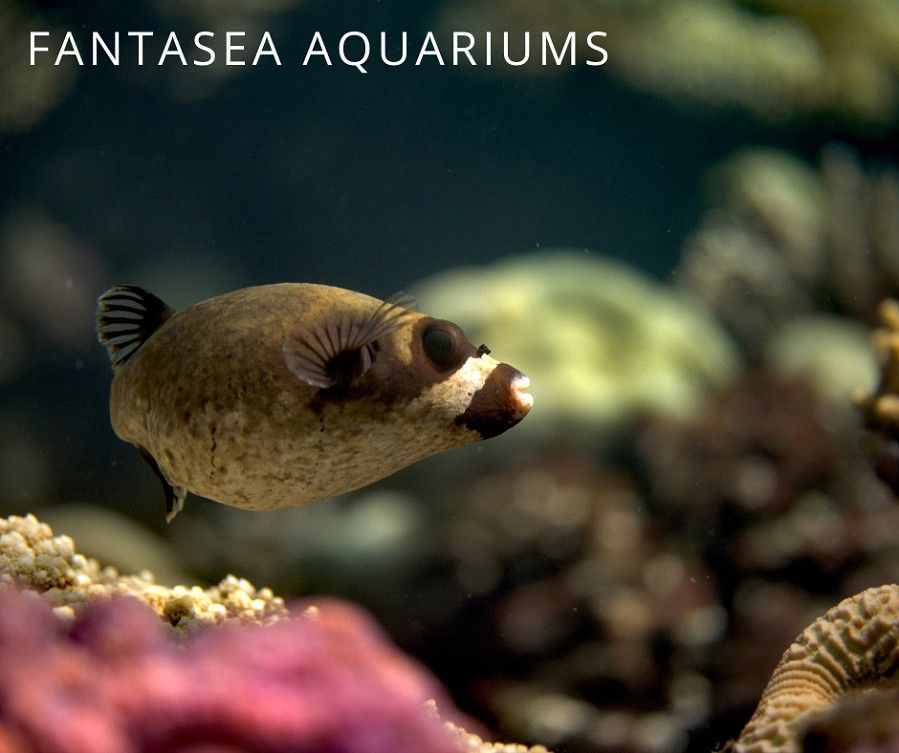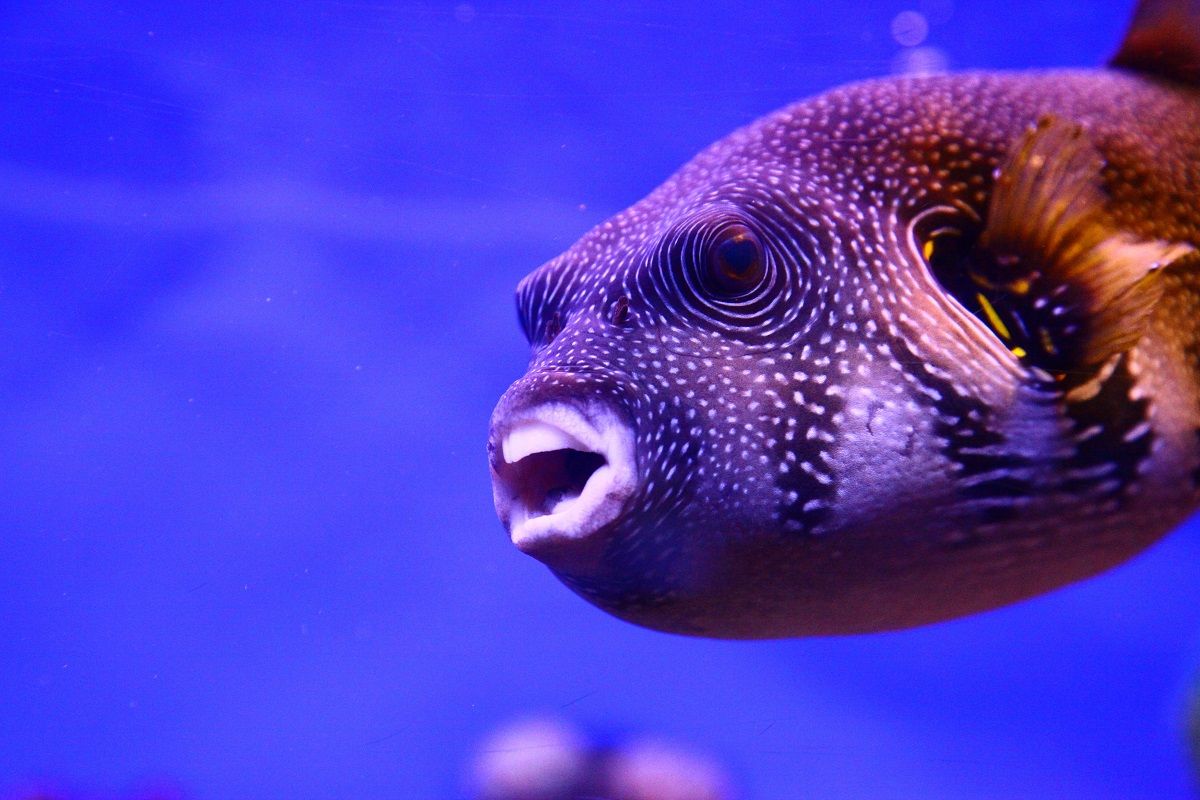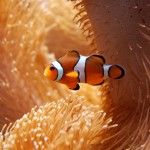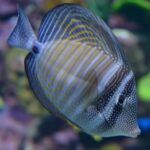If you’re interested in keeping a pufferfish in your aquarium, it’s important to keep in mind that these are not the best beginner fish. They need a lot of space, don’t always play nice with their neighbors and have a very specific diet. In this article, we’ll go into that last point. What do puffers eat?
Keep reading for everything you need to know about pufferfish diet and their ever-growing teeth.
What do puffers eat? The tooth debacle
You might have heard about how rabbits and other rodents have teeth that never stop growing. This allows them to gnaw away at hard foods without their chompers becoming too worn down. The downside is that without a proper diet, their teeth overgrow, leaving them unable to eat properly and sometimes cutting into their mouth.
It might come as a surprise to hear that rabbits and pufferfish have something in common, but they do! Puffers’ teeth work in a very similar fashion. Their powerful, fused and beak-like teeth allow them to crack their natural diet – molluscs and other invertebrates – with ease. And because the teeth keep growing, the wear and tear caused by those hard shells is no problem for the puffer.
Or is it? In the wild, a puffer is unlikely to get in trouble. Some species have even been observed scraping algae from rocks, meaning they’re probably not at risk of their teeth becoming overgrown.
Things are a bit different for captive pufferfish like the ones in our aquariums, which don’t have access to the foods they would normally eat. This is the main reason why it’s so important to consider puffer diet before you add one to your aquarium: it’s a bit more complicated than that of most other aquarium fish.
Did you know? Pufferfish teeth can be shortened. The problem is that this is a rather stressful procedure which involves sedation and can go wrong in unlucky cases. Prevention is better than cure!

What do puffers eat? Putting together a balanced diet
So what do puffers eat, and how do you make sure yours doesn’t end up with overgrown buck teeth?
Wild puffers feed on a wide variety of food: they’re omnivores. Their diets may include, but are not limited to molluscs, crabs, shrimp, (coralline) algae, corals, sponges, (bristle)worms, starfish and even urchins.
If they can get their beak on it, it’ll go in there, basically. But as you can see, the majority of these foods are pretty tough to crack, hence the ever-growing teeth. For your captive puffer, you’ll have to find similar items to feed it. Normal commercial fish foods are out; not only will your puffer generally not accept them, they’re also too soft.
Frozen, store-bought seafood is a good way to avoid having to hang around the fish market all the time. Your best options depend on your puffer’s size, but a few great foods are:
⦁ Mussels, cockles, clams, oysters
⦁ Crab legs and unpeeled shrimp
⦁ Snails
⦁ Algae tablets or nori
⦁ Live crayfish, shrimp, crabs
Just keep in mind that the ‘expert’ options, like clams and oysters, are best left to adult puffers. A juvenile might not have the strength required to crack them. Don’t forget to completely thaw any frozen foods before offering them to your puffer.
Although your puffer might adapt to eating pellets, flakes and other frozen foods like bloodworms, it’s best not to make them the main part of its diet.
Keep in mind that puffers are very messy eaters, and they’re greedy too. You’ll need a powerful filtration system and good resistance to those big, begging eyes. Don’t overfeed: your puffer really doesn’t need more than a few very small portions a day.
Did you know? You might have heard that pufferfish are toxic. Tetrodotoxin, which is highly dangerous, actually comes from bacteria in the food consumed by the puffer. This specific type of toxin is also found in some aquatic snails, blue-ringed octopus and even some angelfish species.

Conclusion
A pufferfish, especially a large adult specimen, really is a sight to see. These are not beginner fish, though, and you should get some aquarium experience in before considering keeping one.
Dreaming of your own fish tank? You’re in luck! FantaSEA Aquariums designs, builds and maintains aquariums for businesses and homes. You can contact us here with your ideas.




